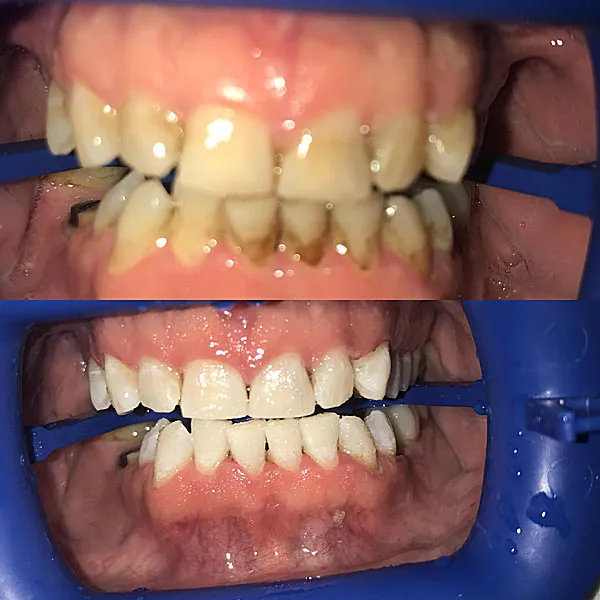Understanding Zoom Whitening and Aftercare
Zoom whitening is a popular and effective cosmetic dentistry procedure designed to brighten your smile significantly in a single session. However, the success and longevity of your whitening results depend heavily on proper aftercare. This includes adhering to specific dietary guidelines to prevent staining and maintain your newly whitened teeth. This guide will provide you with essential information about what you can eat after Zoom whitening to protect your investment and keep your smile looking its best. Understanding the procedure and the importance of the post-whitening diet is crucial for maximizing the benefits of your treatment and ensuring a long-lasting, dazzling smile. Therefore, following proper aftercare instructions is as important as the procedure itself.
What is Zoom Whitening?
Zoom whitening is a professional teeth-whitening treatment performed by dentists. The procedure typically involves the application of a high-concentration hydrogen peroxide gel to the teeth, which is then activated by a special blue light. This process breaks down the stains and discoloration on your teeth, resulting in a significantly brighter smile. The entire procedure usually takes about an hour, making it a convenient option for those seeking immediate results. Before the treatment, your dentist will assess your teeth and gums to ensure you are a suitable candidate. The Zoom light accelerates the whitening process, leading to dramatic results in a short amount of time. This makes it a popular choice for individuals looking for a quick and effective way to enhance their smiles.
The Importance of Post-Whitening Diet

Following a strict diet after Zoom whitening is vital for several reasons. Immediately after the procedure, your teeth are more porous and susceptible to staining. The whitening treatment opens the pores in your enamel, making it easier for pigments from food and drinks to penetrate and cause discoloration. Therefore, the foods and beverages you consume during the first few days after whitening can significantly impact your results. Avoiding staining agents allows your teeth to re-mineralize and stabilize, ensuring the longevity of your brighter smile. This crucial period of dietary restriction, often referred to as the ‘white diet,’ helps your teeth settle and minimizes the risk of staining. By making careful food choices, you protect the investment you’ve made in your smile and extend the dazzling effect of your Zoom whitening treatment.
Top 5 Foods to Enjoy After Zoom Whitening
Choosing the right foods after Zoom whitening is essential to protect your newly whitened teeth. Focusing on a diet of white or lightly colored foods will help prevent staining and keep your smile bright. Here are five food options that are generally safe and enjoyable after your treatment.
White Rice
White rice is a great option because it is a neutral-colored food that poses minimal risk of staining. It’s easy to digest and provides energy without introducing dark pigments that can affect your teeth. You can pair it with other safe foods like chicken or plain vegetables to create a satisfying and compliant meal. The bland nature of white rice makes it a safe and versatile choice for those days immediately following your whitening procedure. Therefore, it will not impact the brilliance of your new, bright smile.
Why White Rice is a Safe Choice
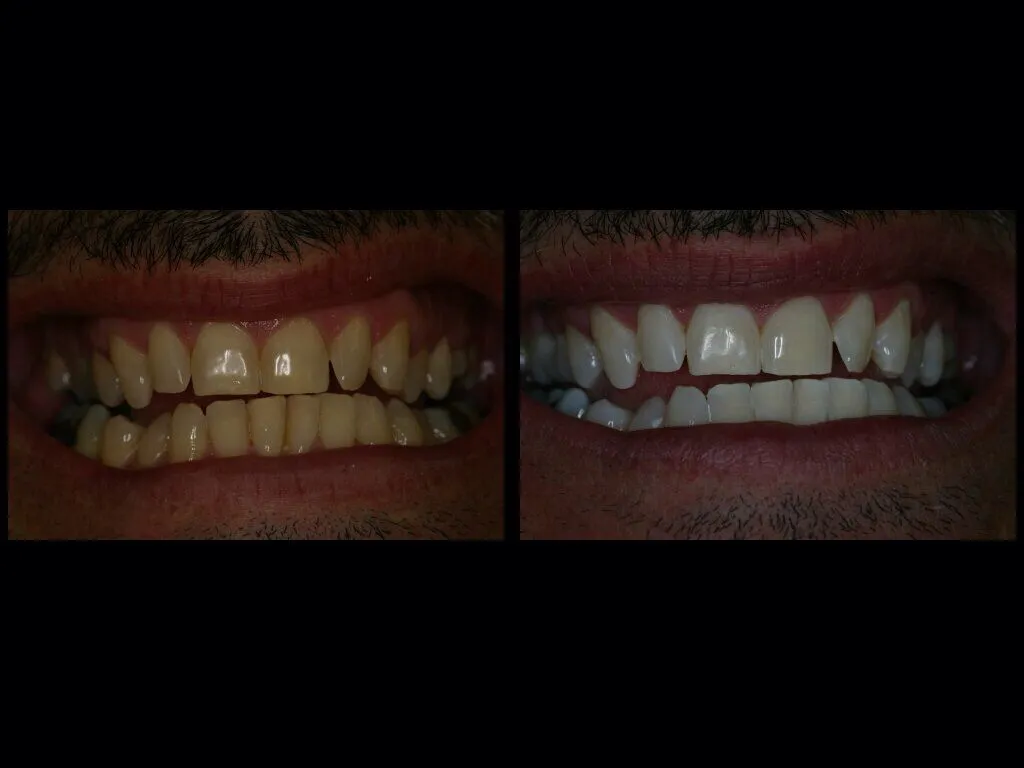
The safety of white rice comes from its lack of strong colorants and its easily digestible nature. White rice does not contain any pigments that can stain your teeth. This makes it a reliable choice when you need to eat without risking discoloration. Furthermore, its mild flavor allows it to be paired with other safe foods without compromising your whitening results.
Chicken or Turkey
Lean proteins, such as chicken or turkey, are excellent choices as they are typically lightly colored and do not contain pigments that can stain teeth. Make sure they are cooked without dark sauces or marinades, which can introduce unwanted colors. These proteins are nutritious and satisfying, providing essential nutrients without compromising your whitening results. You can grill, bake, or poach chicken or turkey to ensure they remain a safe food choice during the post-whitening period.
Benefits of Lean Proteins
Lean proteins like chicken and turkey are not only safe for your teeth but also provide essential amino acids for overall health. They support tissue repair and maintain your energy levels. Choosing lean proteins will keep you feeling full and nourished without the risk of staining your newly whitened teeth, making them an ideal choice for a post-whitening diet. Also, they provide valuable nutrients.
Plain Pasta
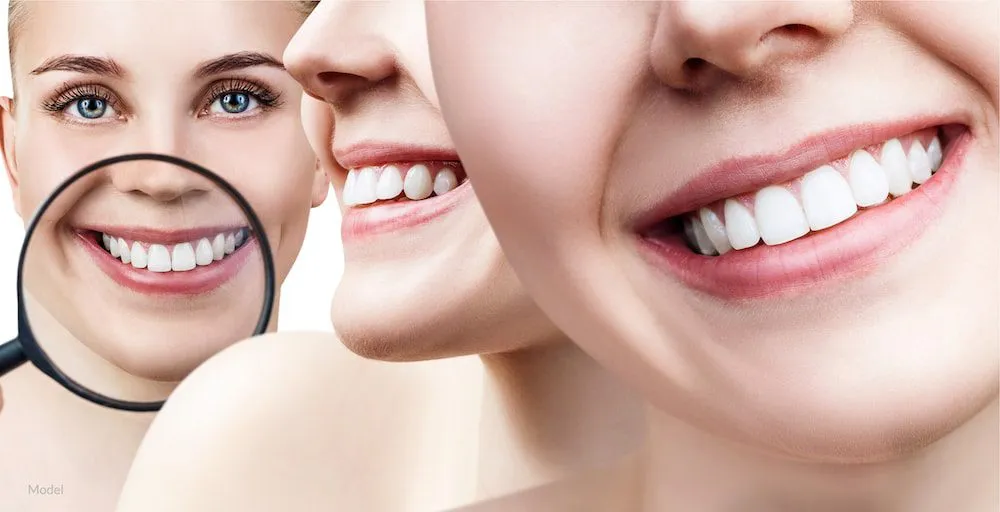
Plain pasta is another safe choice, provided it is not served with dark sauces or additives. Pasta is typically light in color and does not contain staining agents. Preparing your pasta with olive oil and a little salt is an easy and safe way to create a filling meal. Avoid sauces like marinara or pesto, as they can stain your teeth. Pasta provides carbohydrates for energy and can be easily paired with other safe foods.
Why Pasta is a Good Option
Pasta’s neutral color and the ability to customize it with safe ingredients make it a great option for a post-whitening diet. You can control the ingredients to ensure they are teeth-friendly. Using plain pasta is a simple way to enjoy a satisfying meal without jeopardizing your whitening results. In addition, it’s a versatile food that can easily be incorporated into different meals, from lunch to dinner.
Bananas
Bananas are a good option because they are relatively low in staining pigments and are easy to consume. Their light color minimizes the risk of discoloration. Bananas are also a good source of nutrients, including potassium and vitamin B6, that contribute to overall health. Choose ripe bananas for the best taste and easy digestion. Bananas provide a quick and easy snack, keeping your energy levels up while you maintain your post-whitening diet.
The Advantages of Eating Bananas
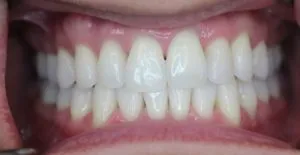
The soft texture and light color of bananas make them an excellent choice. Bananas do not easily stain teeth and provide essential nutrients. Their portability also makes them a convenient snack option. In addition to being safe for your teeth, bananas are a healthy choice, providing essential vitamins and minerals. Therefore, having bananas in your diet ensures you’re eating something tasty, satisfying, and safe for your bright new smile.
Cottage Cheese
Cottage cheese is a safe and nutritious option, as it is a white or light-colored dairy product. Avoid any cottage cheese with added fruits or flavors that could contain staining agents. It is a good source of protein and calcium, contributing to overall health while protecting your teeth. Cottage cheese also offers a satisfying texture and can be paired with other safe foods, making it a good option for a post-whitening diet.
Benefits of Eating Cottage Cheese
Cottage cheese offers several benefits, including its high protein and calcium content. It supports muscle growth and bone health. The neutral color of cottage cheese makes it safe for your newly whitened teeth. Its creamy texture and mild flavor allow it to be paired with other safe foods, contributing to a well-rounded and satisfying diet. Cottage cheese is an excellent option for a balanced, post-whitening meal.
Foods to Avoid After Zoom Whitening

To protect your newly whitened teeth, it’s important to avoid foods and drinks with dark pigments. This includes coffee, tea, red wine, dark berries, soy sauce, and any brightly colored sauces or foods. You should also avoid smoking or using tobacco products. Following these guidelines will help you maintain your brighter smile.
How to Maintain Your Whitened Smile
Maintaining your bright, white smile requires consistent effort and good oral hygiene practices. Following these simple steps will help you preserve your results for years to come. A holistic approach that combines dietary awareness with diligent oral care will ensure that your smile remains a dazzling asset.
Oral Hygiene Practices
Brush your teeth twice a day with a whitening toothpaste that is recommended by your dentist. Floss daily to remove any food particles or plaque from between your teeth. Also, use a mouthwash to help prevent stains. It is important to remove any surface stains and keep your teeth healthy. Proper oral hygiene is the foundation of maintaining a bright smile, as it prevents staining and promotes overall oral health. Brushing, flossing, and using mouthwash are the keys to preserving your results.
Regular Dental Checkups
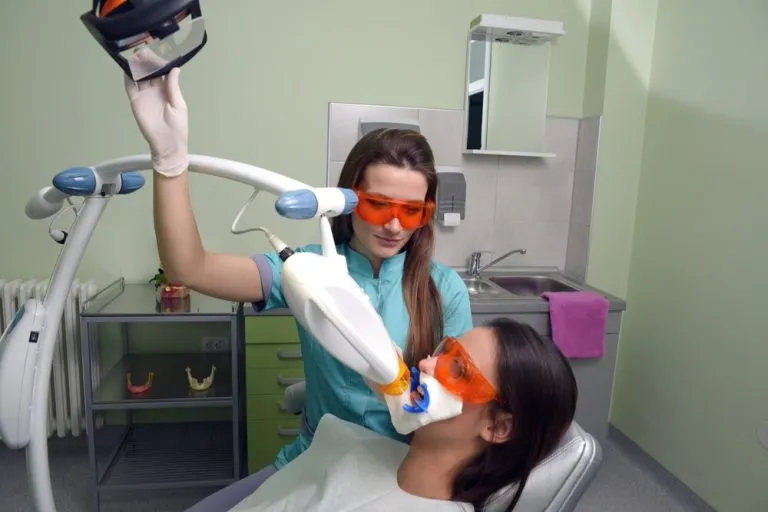
Schedule regular checkups and cleanings with your dentist. Professional cleanings can remove any surface stains and keep your teeth looking their best. Your dentist can also assess your teeth and provide advice on maintaining your whitened smile. Regular dental visits can catch any potential problems early on, ensuring that your oral health remains optimal. They can provide guidance on how to maintain your teeth’s brilliance and address any concerns you may have about your post-whitening care.
